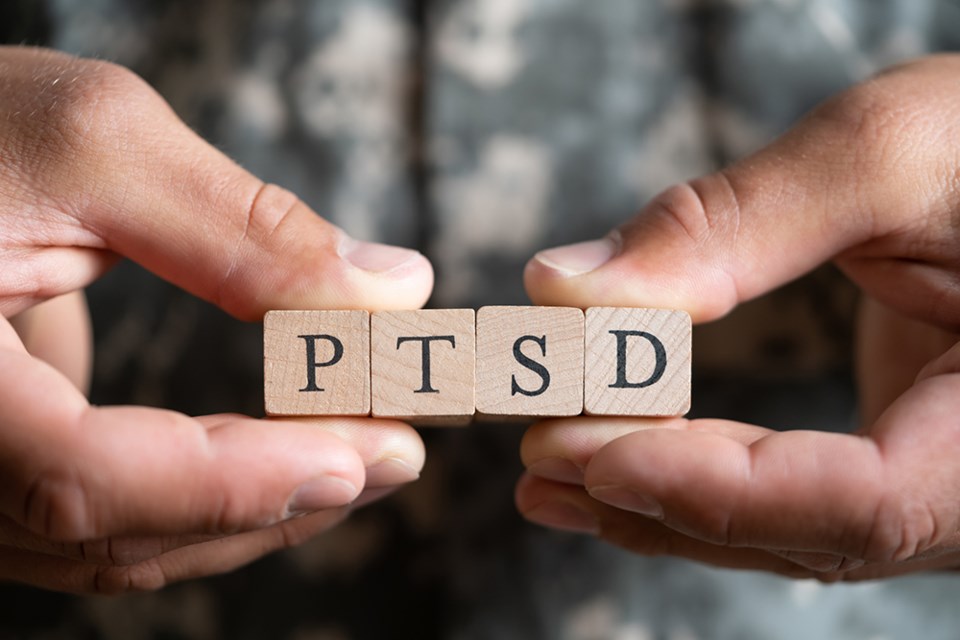It has been 80 years since the end of World War II. Many Canadian soldiers returned from combat to resume their civilian lives. There was no support for the emotional upheaval they endured during four years of hell on earth.
It would be several decades before we as a society began to realize the pain and suffering that a whole generation of Canadians had experienced. Now we know!
Now we have a name to describe what happened when they and other soldiers from other wars returned to take up their lives. We finally understand post-traumatic stress disorder (PTSD) and the impact it has on individuals. We also know it is not limited to combat situations.
The Diagnostic Statistical Manual-5 (DSM-5) describes PTSD as “exposure to actual or threatened death, serious injury or sexual violence.”
The fifth edition of the DSM has finally recognized intimate partner violence as an experience that can lead to post-traumatic stress disorder. It also includes the “witnessing” of violence toward others. PTSD can occur after repeated exposure to traumatic events over a period of time, or it can be the result of a single violent event such as a car accident or other events causing physical injury.
What distinguishes post-traumatic stress disorder from other stressful situations, such as acute stress disorder, is the presence of a fear of death. Some people who experience events that, while not physically life threatening to the individual or others, can feel threatened emotionally and psychologically.
The qualifier in all situations is the subjective internal response of the individual. In other words, what is traumatic to me is not necessarily a traumatic event for someone else. Each of us is not the standard for determining what others feel and experience.
Individuals who are living with PTSD will generally experience flashback memories, gaps in memory, distorted and disturbing negative thoughts, mood swings, avoidance/isolation, low self-esteem and low confidence, and persistent feelings of fear, anger, guilt and shame. We also can observe, in some individuals, reckless self-destructive behaviours, hypervigilance, exaggerated startle response and poor concentration.
It is clear that children as young as six years old and under can suffer from PTSD after directly experiencing trauma such as exposure to actual or threatened death, serious injury and sexual assault. There are many programs that address the trauma that children experience when exposed to intimate partner violence.
Other events that can impact the emotional well-being of children are parental breakups that are intensely adversarial. When children are witness to extreme verbal attacks and negative comments about the separating partners it can be very stressful and conflicting for children. These behaviours can result in a child experiencing trauma over the family breakdown.
Our understanding of post-traumatic stress disorder has been greatly expanded in the past two decades. It is a very debilitating condition.
June is PTSD awareness month in Canada. If you or someone you know may be experiencing some of the symptoms of PTSD, please contact a mental health professional. You can recover from PTSD.
Deborah Joyce is a registered psychotherapist with a practice in Powell River and Comox Valley. Questions can be forwarded to her through the Peak.
Last year, Meta censored Canadian news from its feeds, so we built our own social platform: syrupsocial.com – a newsfeed powered by Canadian journalists. Join the Peak on Syrup for the latest news from the Sunshine Coast and beyond.



